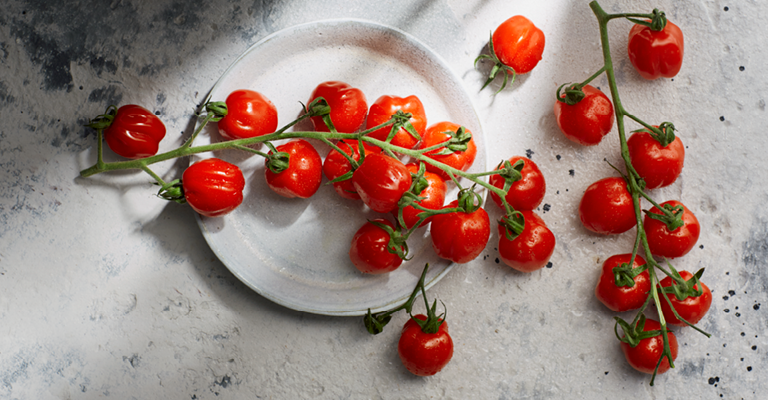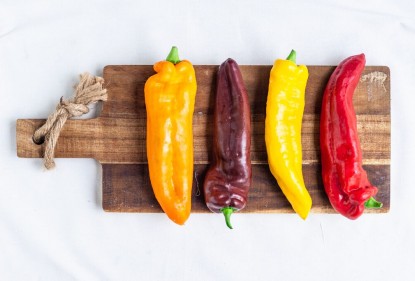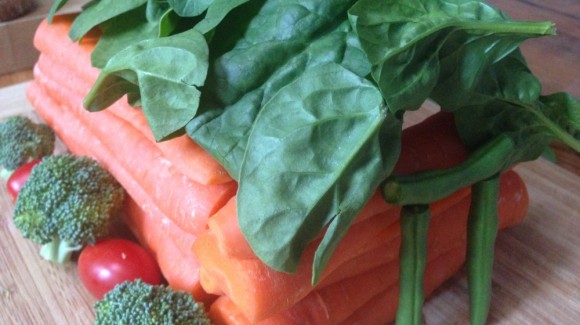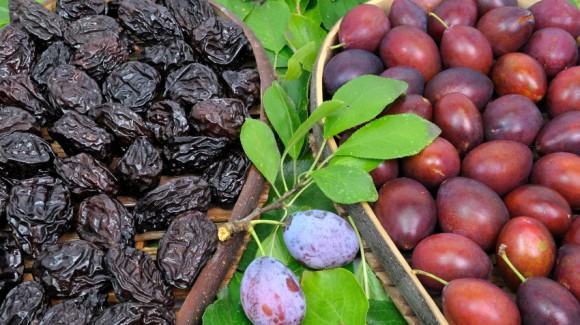
Cooking
Capsicum – your traffic light delight
Have you, like me, walked past capsicums in the shopping isle and weren’t quite sure how to add these into your daily meals, besides perhaps a topping on a pizza or a sweet addition to your stir-fry or hot curry? I’ve looked into what is a capsicum, if it sat in the fruit or vegetable family, whilst pending on it’s family it’s grown from, it can be a vegetable seed but really, it’s a fruit.
I’ve always loved the colours, the texture and taste and shape of the capsicum, its eye-catching vibrancy has always caught my eye.
Looking closer in the shopping isle, there are more varieties than the common red or green block-type capsicum – I for one, would look at the red pointed capsicum (or really looks like a large chili) and would steer my shopping cart far away, thinking of the burning and pain sensation that would soon come (as I don’t like too much heat!). To my delight, the bullhorn capsicum appearance is deceiving. A crunchy, and oh-so-sweet and flavorsome taste, this will be something I will no longer shy away from and think it would be an excellent addition to different salads!
When looking at the different coloured capsicums (or ‘bell peppers’ if you’re in America and ‘sweet peppers’ if you’re in Europe), the fun fact I’ve learnt on this journey is that the green capsicum and the red capsicum are the one in the same as they’re from the same plant. The exception that the green capsicum is harvested about a month earlier, thus its flavour is different. Most capsicums start out green or pale then change to red, yellow, orange or even chocolate colours.
Green capsicums have less sugar than the red capsicum, the sweetness of capsicums is due to their natural sugars as the fruit ripen to their final colour. (Better Health Channel, 2015).
The future of the capsicum is exciting, with new breeds being developed for different purposes. I have learnt that there are also white capsicums!
Eva Sarosi, the Capsicum Crop Specialist from Rijk Zwaan wants to see the capsicum reinvigorated and not forgotten when planning meals and consuming fruit and vegetables. Eva said, “Fresh consumption is not the only way to eat is: you can roast it, stuff it, you can make pickle or relish and you can add it into sauces as well. Asian and East European cuisines are great examples on how to include capsicums in different ways into your diet.
"I think the future of the capsicum will be diverse. More people need to know about the different types (sweet and hot) and the nutritional value the capsicum can add to your diet. Capsicums can be very fun in shape, size and colour too!”
But why should we eat it? I asked Eva about the nutritional vales the capsicum can add.
“My favourite fact about the capsicum is about the Vitamin C: 100g of fresh red capsicum contains the recommended daily amount of Vitamin C for and adult. 100g capsicums contain 3 times more Vitamin C than 100g lemon," Eva said.
"In 1932 Albert Szent-Gyorgyi isolated 5-6 times more Vitamin C from capsicums then from any other citrus before. For this isolation and the identification of Vitamin C and discovery of the metabolic mechanism that enables its use within cells he was recognised with a Nobel Prize in Medicine."
Capsicums are good of vitamins A and C (with the red capsicum containing more than the green). They’re a good source of fibre, vitamin E, B6 and folate. (Better Health Channel, 2015)
Getting to the ‘core’ of it, here is a tip I’ve learnt along the way when roasting a capsicum is to put the capsicum on a gas stove-top burner and alight, while keeping a very close eye (and of course using the appropriate safety measures), rotating until the fruit is charred. Once this is completed, pop the capsicum into a plastic bag so it sweats for 10 minutes or until the skin easily peels/rubs off. No more fuss taking forever and a day grilling strips of capsicum and then peeling off the skin!
When picking a capsicum, look for an unblemished and firm capsicum.
While you don’t have to keep your capsicum in the fridge, however shelf life may vary leaving it out!
For a winter meal, there are some delicious options to use this, what some might perceive this as a fruit used in salads and stir-fry, capsicums make an amazing soup or pasta sauce, teemed with goats cheese and something to try on a cold winters night! Check out some recipes on Love My Salad
- Roasted red pepper salad
- Sweet potato and roasted capsicum soup
- Sweet capsicum and nut dip
- Spinach, sweet potato and capsicum salad
My friend Nadia, mother of two children, works full-time and a fan of no-fuss but tasty dinners pointed me towards a fail-safe recipe from the website ‘Lauren’s Latest’ https://laurenslatest.com/roasted-red-pepper-goat-cheese-alfredo/
Ingredients include:
- Capsicum
- Goats Cheese
- Cream
- Parmesan Cheese
- Onion
- Garlic
- Artichoke
- Pasta
In the past, with similar ingredients I have also tasted a roasted capsicum soup with goats-cheese, which was an absolute winner!
The traditional lasagna can also be transformed into stuffed capsicum, with veggie or beef mince, this delightful change to your traditional meal and adding a slightly healthier twist!
For a vegetarian stuffed capsicum you can also visit this link here to find out more.
No longer will I shy (move my shopping trolley) away from the chili looking- sweet tasting capsicum, but I am excited to introduce more into my diet and to explore more into ways I can introduce the different types into both winter and summer meals.
References
1. Better Health Channel (2015, October) Capsicum Retrieved from www.betterhealth.vic.gov/health/IngredientsProfiles/Capsicums




